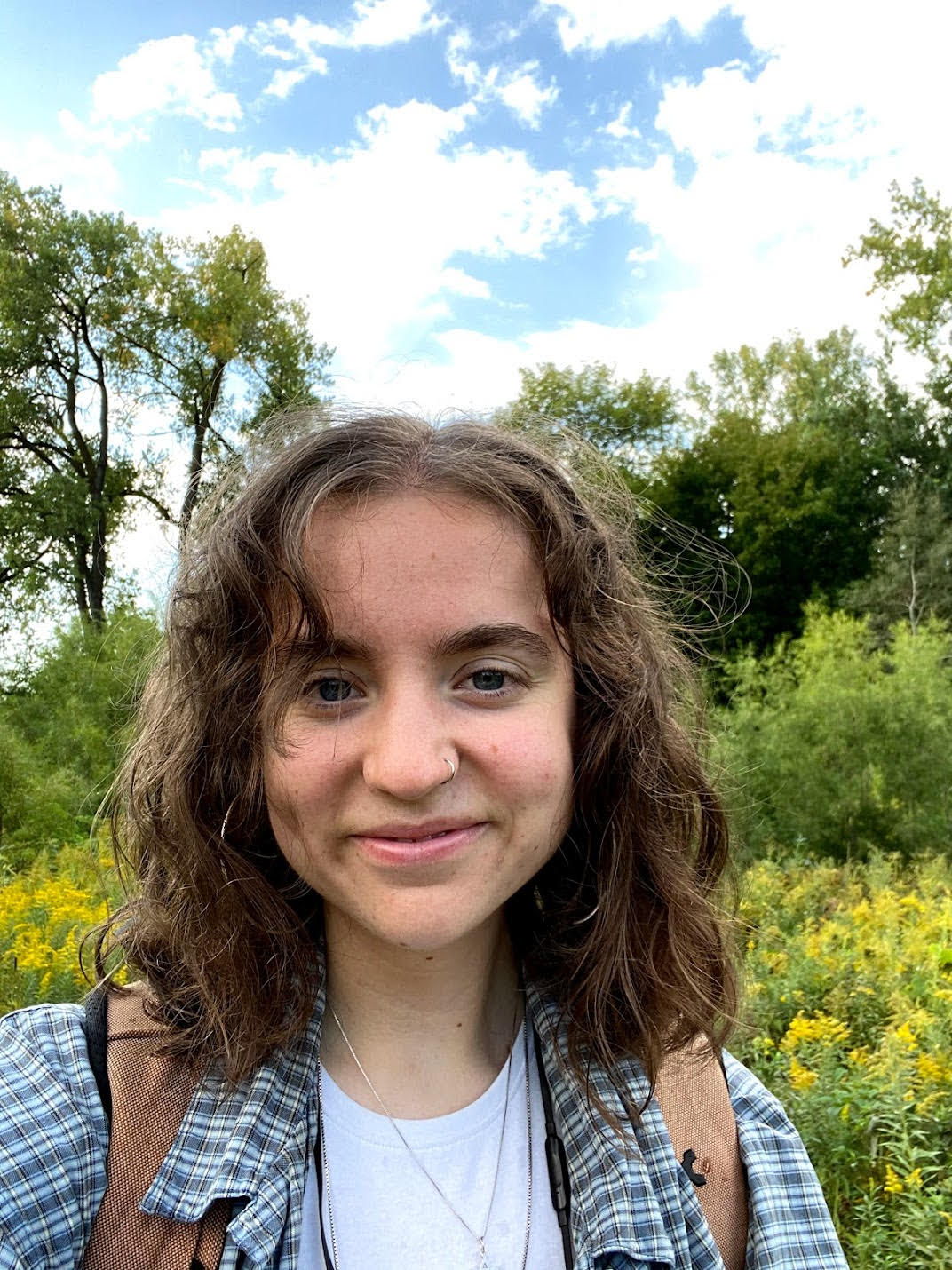Climate Story: Ella Hougen
Stories help people connect with one another and can move us to action. Storytelling is a core component of the Environmental Justice class at the University of Minnesota, with MNIPL’s Dr. Julia Nerbonne. This spring, Jothsna Harris, founder of Change Narrative, and Whitney Terrill had the privilege of mentoring four students as they worked on their own and community climate stories. We are excited to share their words!

I was born and raised in Minnesota, and I have always loved the snow. Minnesota winters bring a lot of comfort for me. As a kid, many afternoons were spent playing in the snow whether that be burrowing into chilly forts with my cousins, running with the family dogs on the vast white frozen lake at my cabin, or skiing in stoic forests with my dad and sister. These experiences made me feel adventurous and connected to my family and would end in a feeling of contentment knowing there would usually be a warm, cozy house to return to with a steaming mug of hot chocolate waiting on the table.
In high school, I really noticed the change in winter weather patterns. I used to walk to and from school, so the weather really impacted how I was feeling for the day. Seeing the fluffy, fresh snow would spark a feeling of excitement and nostalgia in me, knowing that holiday family gatherings and winter break were near. That feeling would get me through tests and exhausting days; however, when school really started getting tough, the snow wouldn’t come. It would be 40 degrees Fahrenheit in December, and everything would be gray and lifeless. I noticed how the melancholy of a snowless winter affected me and reflected my mood. It took a while for me to realize that climate change was altering the weather every year. According to the National Oceanic and Atmospheric Administration (NOAA), Minnesota experiences some of the fastest-warming winters in the United States due to climate change. I was 17 years old when I was first able to understand that I was experiencing climate grief.
I took an environmental science class in my senior year of high school which inspired me to become an Environmental Science major at the University of Minnesota. The classes I’ve taken have both contributed to and relieved my climate grief. Overall, my education has helped me to realize that it’s okay to hold onto that grief while simultaneously taking action. When I have a particularly difficult class, my other courses have aided in giving me a reason to keep going. There are many solutions to the negative effects of climate change, we just need to implement them and push for the change we want to see, including demanding corporations adopt sustainable practices. Change won’t happen overnight, but there is still hope for us and our environment. Coping with climate grief is a challenge, but it’s part of the process of learning how to heal the planet and ourselves.
The feeling of alarm and loss that I feel from the changing climate of the world pushes me to continue in my studies and go into a job that will benefit the environment. Climate grief is a valid feeling and is one that I feel often. Sometimes, when looking at the bigger picture, the size and scale of climate change can be all-consuming. I have realized that zooming in on the things I can change for the better feels more tangible. It can be overwhelming to think about everything that’s happening to our planet and focusing on certain actions you take can help ease that pressure. I want our future generations to be able to experience the snowy weather we’ve had in Minnesota in the past and create lasting memories. This calls for serious change in how we treat our climate, ourselves, and each other.
Sources:
